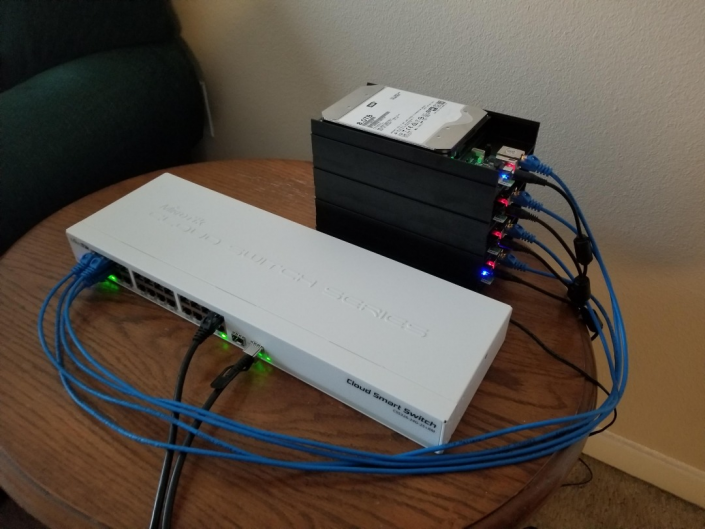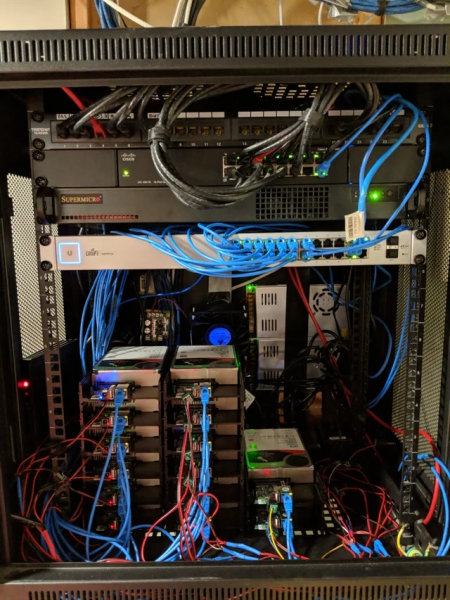Hi, my name is Adri Istwan Mansor, I am from Kuala Lumpur in Malaysia (GMT+8).
Actually it’s southeast Asia, has great cheap food and very friendly mixed Malay-Chinese-Indian-Aborigines people.
We went from an insanely slow ADSL to fiber throughout the whole nation of 20 million people in a few years. So after fiberizing the whole nation, we use the interweb mostly for Facebook (a nation with the longest amount of time on FB lol), trolling others and doxxing “bad” people. Nobody seems to care though.
We tend to try and relieve daily issues in our lives by creating and using tech startups. Bad taxi reputation – use Grab, moving house – Use the lorry, slow bank – use e-wallets like Grabpay, unavailable products – create cheap local e-commerce sites, slow/poor (modern) education syllabus – use AI. Too difficult/cheapskate to create a site (takes a week for the government to validate a .my domain application) – use Facebook & Instagram. The government encourages the startup industry, slow-moving rural areas – the government keeps throwing free grant money to create startups, fiber is too expensive – the government cuts fees in half and doubles the speed.
I predominantly speak English and Malay although due to our mixed culture we tend to mix this with some Cantonese and Tamil, it’s similar to Indonesian. As for Computer languages, a bit of python, javascript, and ye olde php4. I’m currently brushing up on my javascript as I tend to do lots of tensorflow.js.
Before discovering LizardFS I used BTRFS, NTFS, and ZFS.
The reasons I decided to use LizardFS are that ZFS is not flexible, NTFS is/was good, but not many modern/current features, BTRFS is fast and simple (ish). SnapRaid is… dangerous. My current storage is mostly BTRFS, NTFS, and some XFS, Synology RAID is limited to 26 drives, GlusterFS and Ceph are not flexible enough, MooseFS (free) does not have EC and redundancy AFAIK and any others are not that well known enough for me.
LizardFS has EC, redundancy, and best of all, flexibility.
Currently, I have been using it for around 6 months, still really in the testing phase, been trying out various distributed file systems for a year now. But after trying out the others, I believe LizardFS has a huge potential for a small-medium enterprise (SMEs), at least from what I see in my country
I intend to use LizardFS in my two tv production companies.
Previously, all raw media would be stored in external NTFS drives. I stopped counting after 30 drives, so let’s say lots. We need to access footage every now and then, so cataloging and referring footage in excel sheets are a burden. Standard practice in most if not all of tv production houses in the country. That prompted me to find a way to put them all inside a rack mount server or two. Problem #1 is, there is literally zero market for 4U racks over here. Even 2U servers are unheard of in the secondhand market. Problem #2, the crazy price of hard drives compared to the ones in the States. Even when they’re (used to be) made (Western Digital) just 20 minutes from KL or 5 hours from KL (Seagate). I’m shocked.
Then I saw these two images on Reddit and freaked out like a kid getting a PlayStation for Christmas.

That was a Eureka moment for me. So I researched more on Distributed File Systems, and after a while of research and experimenting, I settled with LizardFS to start testing. Barring a few setbacks (master server seems to go down every now and then), seems like LizardFS is the way to go. I’m still in the testing phase though.
Another use I have for LizardFS is Malaysian Coal & Minerals Corporation – my mining & trading company it will come in useful there too.
The things I like most about LizardFS are the flexibility with mixed-capacity drives, and the underlying filesystem – I don’t have to reformat the external drives!
EC & Redundancy
(Now) docker-based installation OH MY GOD THIS HELPS SO MUCH
Per-folder goals OMG
Long-winded documentation with explanations for a boss/sysadmin like me
On the other side things that I dislike about it are the long-winded documentation (only). I need a (very) quick guide on setting up a quick LFS setup, both from official and not-so-official sources. Or better yet, have a scenario-based guide. I’m still wrapping my head around understanding and implementing goals. In my case, I need LFS to consolidate all NTFS drives’ folders into just a few main folders:
– raw footage;
– stock media;
– artist info;
– admin/management files;
– casting;
– projects;
– syndicated projects;
– location info.
So since each folder has different importance and file types (large single files, many small files, lots of sub-folders, etc) I’d like it if there’s an example of how the goals should be set. I’m still unsure if I can just pop the drives online, and turn existing data and drives into chunkservers. I’ve yet to find out how.
– No WebUI-based right-click folder>Set goals. This is something HUGE for someone like me.
– Synology/Odroid-HC2/RaspberryPi/armhf support and speed could be improved (based on what I’ve read on GitHub).
What I would love to see in the future, a proper WebUI for all of the steps in the official guide. At least to me, this greatly speeds up testing and I believe, adoption. But the biggest wish list would be a focus on SBCs like odroid HC2. I really believe the future in LizardFS lies in rock-solid support on SBC hardware as well as cheap, low-powered x64 PCs.
Community Article #5





